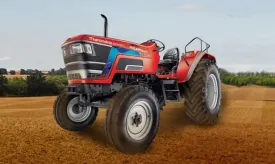Shifting Cultivation: A Complete Guide to the Ancient Farming Practice
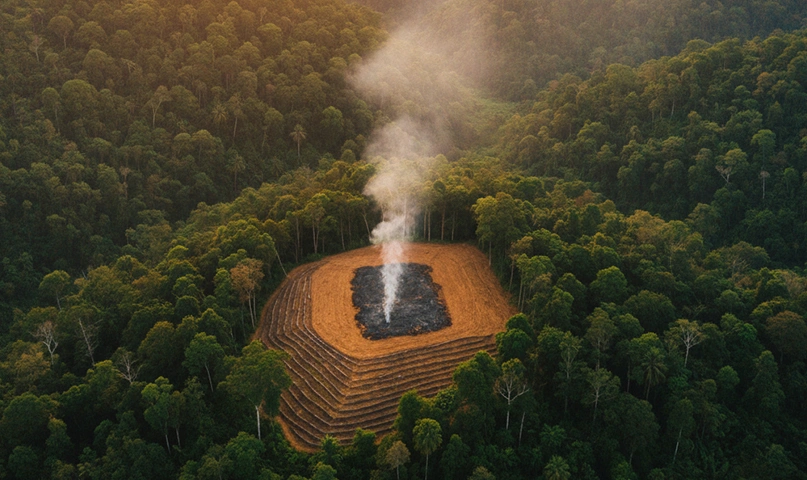
Agriculture has been the foundation of human civilization for thousands of years. But before the development of modern agricultural techniques, farmers relied on more traditional methods to feed their families and communities. One such practice is Shifting Cultivation, a farming method that is still in use in parts of India and across the world.
Despite being centuries old, shifting cultivation remains an important subject in discussions on sustainable agriculture, land use, and environmental conservation. It is deeply connected with the cultural traditions of indigenous communities and continues to play a role in their survival.
In this blog, we will take a deep dive into shifting cultivation — its meaning, practice, characteristics, types, importance, advantages, disadvantages, and future prospects.
What is Shifting Cultivation?
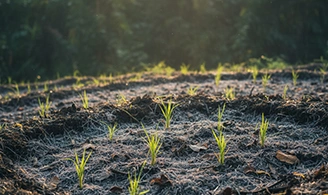
Shifting Cultivation is a type of farming where land is used for cultivation for a short duration — usually two to three seasons — and then abandoned to allow the soil to regain fertility naturally. Once the soil loses productivity or weeds overrun the field, farmers move to another plot of land, repeat the process, and later return to the old site after 10–20 years once the soil has recovered.
This practice is also known as:
- Slash-and-burn agriculture
- Jhum cultivation in North-East India
- Chena in Sri Lanka
- Milpa in Central America
- Kaingin in the Philippines
It is one of the oldest farming systems in the world, widely practiced in humid tropical regions such as Southeast Asia, Sub-Saharan Africa, and South America.
Shifting Cultivation in India

Shifting cultivation has existed in India for centuries, particularly in hilly and forested regions where settled agriculture is difficult. It is mostly practiced in:
- North-Eastern states: Assam, Nagaland, Mizoram, Meghalaya, Arunachal Pradesh, Manipur, and Tripura
- Eastern states: Odisha, Bihar, Jharkhand
- Southern states: Andhra Pradesh, Kerala, Tamil Nadu, Karnataka, Maharashtra
- Central India: Madhya Pradesh, Chhattisgarh
- Hilly regions: Sikkim
Among these, the North-East is the most prominent, where shifting cultivation is culturally ingrained and locally known as Jhum farming.
Read Also: Types of farming in India – Factors, Techniques & Importance
How is Shifting Cultivation Practiced?

The practice of shifting cultivation generally follows a fixed cycle:
1. Selection of Site
Farmers select a patch of forest land for cultivation. The land is usually hilly, forested, and far from urban centers.
2. Clearing Vegetation
Native vegetation, including trees, shrubs, and grasses, is cut down using axes and sickles.
3. Slash-and-Burn
The felled vegetation is dried and then burned. The ash produced enriches the soil with nutrients like potassium, calcium, and magnesium.
4. Sowing Crops
Farmers sow seeds directly in the ash-fertilized soil without ploughing. The crops grow quickly due to the nutrient boost.
5. Harvesting
Crops are harvested for two to three years until soil fertility declines or weeds take over.
6. Abandonment of Land
The land is left fallow for 10–25 years to regenerate fertility naturally.
7. Re-cultivation
Farmers return to the same land after its natural recovery, continuing the cycle.
This cleared and cultivated land is often referred to as Swidden, Ladang, Milpa, Chena, or Kaingin, depending on the region.
Characteristics of Shifting Cultivation
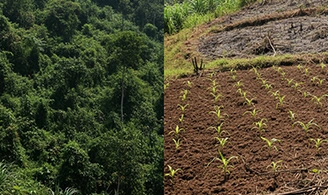
Shifting cultivation has certain unique features that make it distinct from other farming methods:
- Short Cultivation Cycle – Land is used for 2–3 years before being abandoned.
- Long Fallow Period – Abandoned land regenerates for 10–20 years.
- Use of Fire – Burning vegetation provides quick soil fertility.
- No Use of Fertilizers – Natural ash is the primary source of nutrients.
- Labour Intensive – Cutting and burning vegetation requires significant manual work.
- Subsistence-Oriented – It is mostly for local consumption, not commercial farming.
- Ecological Dependence – The system is ecologically viable only when enough land and fallow period are available.
Soil and Climate Constraints
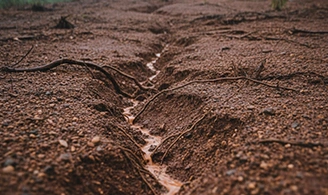
While shifting cultivation is adapted to harsh environments, it faces several constraints:
Soil-Related Constraints
- Low inherent soil fertility
- High susceptibility to erosion
- Severe physical degradation due to burning
- Nutrient imbalance over repeated cycles
Climate-Related Constraints
- High humidity
- Low radiation during growing seasons
- High storage losses due to wet climate
- Difficulty in drying harvested grains
Types of Shifting Cultivation

There are different types of shifting cultivation based on methods and regions:
- Slash-and-Burn System – The most common, involving cutting and burning vegetation.
- Shifting Cultivation Cycle (Orinoco Floodplain) – Practiced in South America.
- Chitemene System – Practiced in Zambia, where tree branches are cut and burned.
- Hmong System – Practiced by Hmong tribes in Southeast Asia.
- Slash-Mulch System – Instead of burning, vegetation is cut and used as mulch.
- Plough-in-Slash System – Burnt material is ploughed into the soil to retain fertility longer.
Read Also: Guide to Tractor Cultivators: Types, Benefits & How to Attach
Importance of Shifting Cultivation

Shifting cultivation may seem outdated compared to modern farming, but it has its own importance:
- Provides food security to indigenous tribes.
- Preserves traditional farming knowledge.
- Ensures livelihood in regions unsuitable for modern farming.
- Maintains a balance between human activity and forest regeneration (when practiced sustainably).
Advantages and Disadvantages of Shifting Cultivation
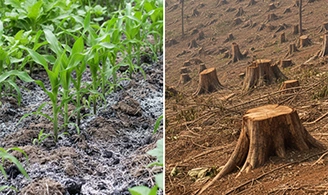
Like any farming method, shifting cultivation has both pros and cons.
Advantages
- Quick Growth of Crops – Crops grow faster and are often ready for early harvest.
- Low Risk from Pests – Soil-borne diseases are minimized.
- No Need for Fertilizers – Ash naturally provides nutrients.
- No Major Threat from Floods/Animals – Location in hilly forests provides protection.
- Sustainable (Traditionally) – When land and population pressure are balanced, it is eco-friendly.
Disadvantages
- Soil Degradation – 22% of top fertile soil is lost after burning.
- Deforestation – Leads to large-scale loss of forest cover.
- Water Pollution – Ash, raw sewage, and residues pollute water sources.
- Loss of Biodiversity – Forest ecosystems are disturbed.
- Declining Sustainability – With growing population, land is not given enough time to regenerate.
- Low Productivity – Cannot meet large-scale food demand.
Shifting Cultivation Process in Detail
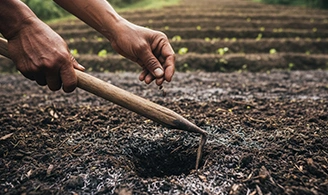
(a) Farmers select a site annually.
(b) Vegetation is cleared.
(c) Trees are cut with axes.
(d) Debris is burned to release nutrients.
(e) Rains mix ashes into the soil.
(f) The cleared land (Swidden/Kaingin/Milpa/Chena) is used for planting.
(g) Crops are grown for 2–3 years.
(h) Land is left fallow for 10–25 years.
(i) Farmers return when soil regains fertility.
(j) Fruit-bearing trees may be left for later use.
Example of Shifting Cultivation
Shifting cultivation is common among Amazonian tribes in South America. They cultivate the land for 2–3 years and then leave it for regeneration. Similarly, in North-East India, Jhum cultivation is widely practiced by tribal communities.
Global Perspective

Shifting cultivation is not unique to India. It is widely practiced across:
- South America – Amazon Rainforest tribes
- Africa – Congo Basin, Sub-Saharan regions
- Southeast Asia – Thailand, Laos, Myanmar, Indonesia
While the practice is declining due to modern agriculture, it remains essential for many indigenous cultures.
Find more farming insights in our blogs section: Mahindra Tractors
Shifting Cultivation in Modern Times

Today, shifting cultivation faces challenges from population growth, deforestation, and government restrictions. Governments and NGOs are working to replace it with settled agriculture, agroforestry, and sustainable alternatives. However, these alternatives often struggle because shifting cultivation is deeply tied to local traditions and ecosystems.
Conclusion

Shifting cultivation is one of the oldest forms of agriculture, deeply rooted in human history. It has sustained communities in difficult terrains for centuries, especially in tropical forests. While it has advantages like quick crop growth and soil disease control, it also causes deforestation, soil erosion, and biodiversity loss if not practiced sustainably.
In India, shifting cultivation still plays a crucial role in tribal livelihoods, particularly in the North-East. The challenge lies in balancing tradition with modern needs—preserving indigenous practices while adopting sustainable methods to ensure food security and environmental protection.
Ultimately, the future of shifting cultivation will depend on how societies balance ecology, culture, and development.










